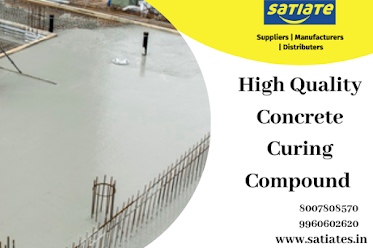Know about Polysulphide Sealant and its uses

Polysulfide sealant is a resin that is basically really adaptable and also gives resistance to chemical adhesives. Polysulfide resin was commonly used as a construction sealant. Epoxy and polysulphide sealants are two component resins that offer greater durability to adhesive and also sacrifice durability compared to pure epoxy resins. Polysulfide sealant have high resistance to salt water, ozone, sunlight. With rich market experience, we offer a wide range of sika Polysulfide Sealants. Our customers can give them a profit at the cost of running the industry. Where Polysulfide Sealant is used? Polysulphide sealant is used in construction process and the basic use of polysulphide sealant is to close different types of channels and different types of joints. It provides a seal that is completely waterproof and therefore it reduces water leakage, any kind of damage and erosion in the area. It is also used to glue and seal joints subjected to movement to provide a firm, flexible,


